

Write what you are looking for and press enter to begin your search!
Live News
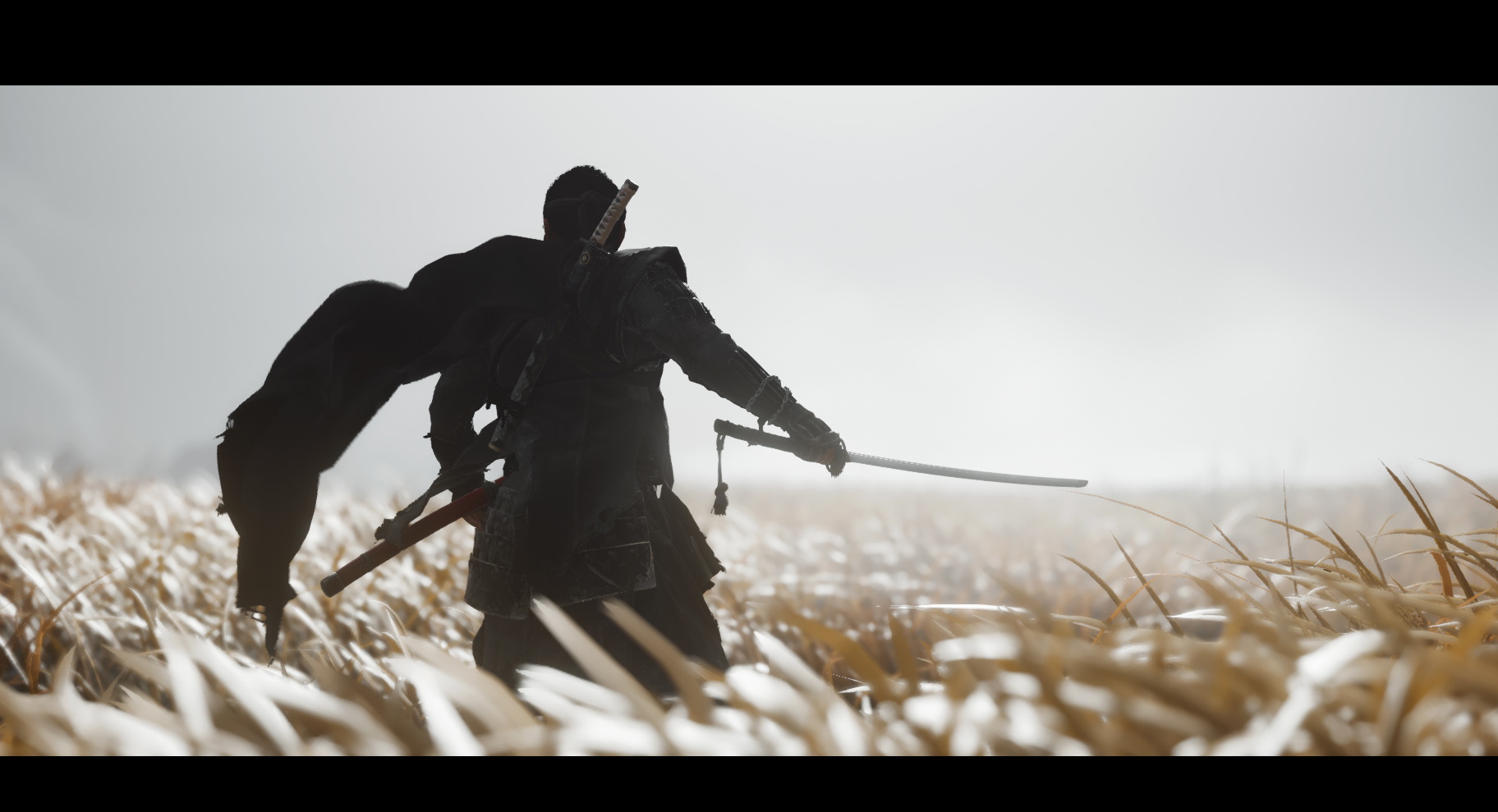

Sucker Punch’s Ghost of Tsushima Bookends The PS4 In Style
 ">
">
By Jonathan ToyadVerified|July 18, 2020|1 Comment
Review originally posted on 14th July.
Platform: PS4
Genre: Sucker Punch’s ultimate tribute to jidaigeki
After making their mark with crime caper stories with furries and superhero comics with grit and incredibly obvious moral choices, Western developer Sucker Punch opt to do the impossible: create a game set in Japan without coming off as unintentionally disingenuous and trying too hard, while basing it off the team’s love for its cinematic and genre influences. In this context, the jidaigeki samurai drama piece genre from the 1950s and onward.
The team is given the unenviable task of being not just the last exclusive game on the PS4 most people would give two hoots about, but to also go beyond the comfort zone of doing super-powered hero-starring action-adventure games. As fun as the InFamous series was, it got stale in InFamous: Second Son.
With that intention and promise comes Ghost of Tsushima, which is not just the company’s most-focused and finest action-adventure game yet, but a very good argument for video games being a masterclass blend of gameplay and story.
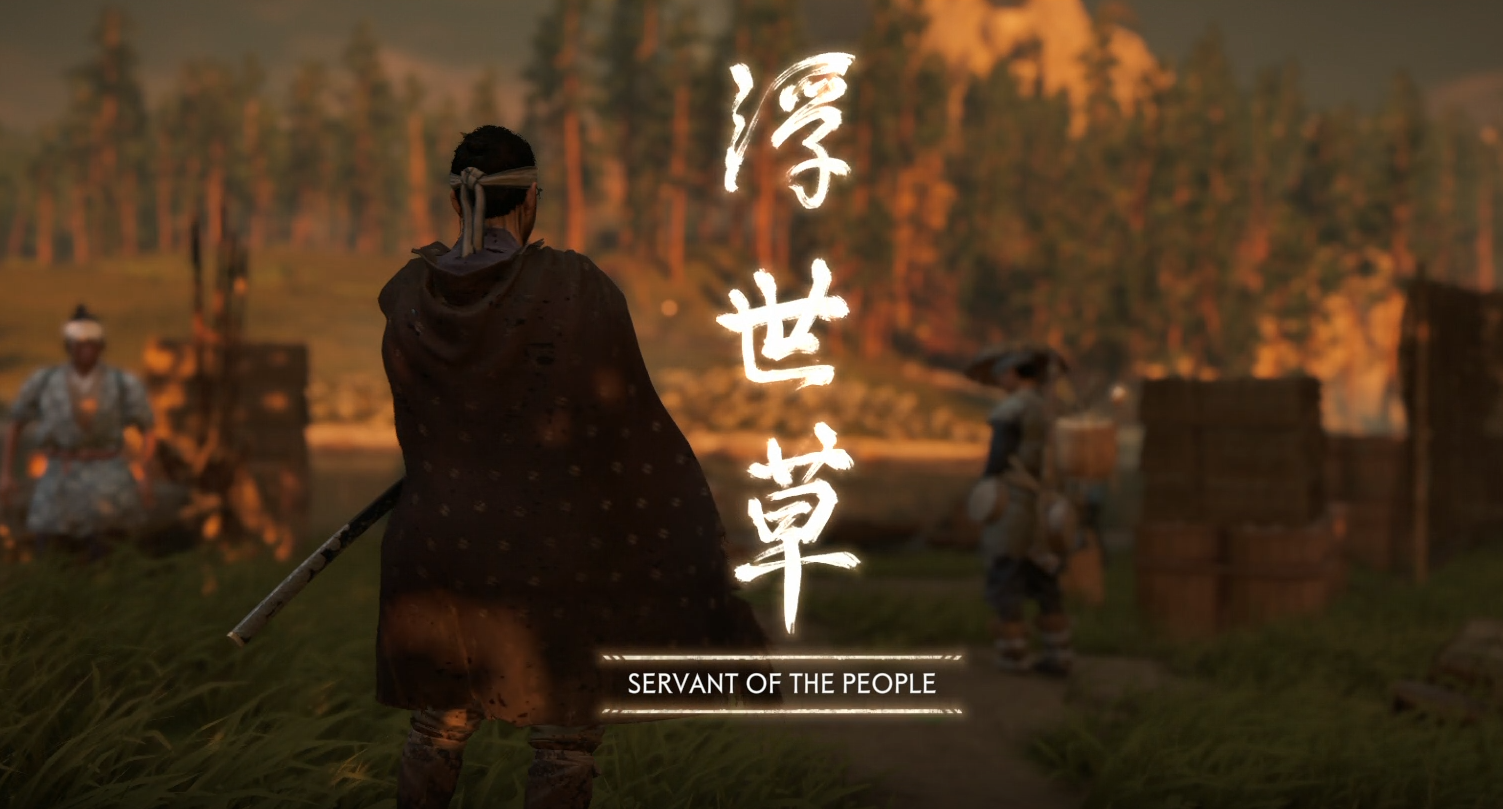
Set in the 1200s during the Mongolian invasion of Japan, Ghost of Tsushima is about a samurai named Jin who mounts a comeback against the Mongol army led by Khotun Khan after he and his uncle’s army (island regent Lord Shimura) gets wiped out in the initial assault. Along the way in his quest to free Tsushima Island, he gets a life lesson in what the words “honour” and “family” truly mean in a scenario where his enemies do not play by their code of conduct. You get to experience what it’s like gaining a reputation of a vigilante not shackled by the samurai’s code of bushido, and deal with the oncoming ramifications.
Or you can do all of that narrative nonsense later after the first 40 minutes, as Ghost of Tsushima lets you take your time exploring every corner of the island with your horse. Right from the get-go after the first hour of sorting out your controls and basic mechanics, you’re given free rein over where to go and what to do. You can either sort out Jin’s mission for justice, or complete one of the multitudes of side missions for extra experience points (called “Reputation” here) and uncover interesting backstories from your motley crew like the stubborn Sensei Ishikawa and prone-to-rage recent widow Lady Masako.
Or just head down to a nearby creek and compose a haiku to score a free headband. No pressure.
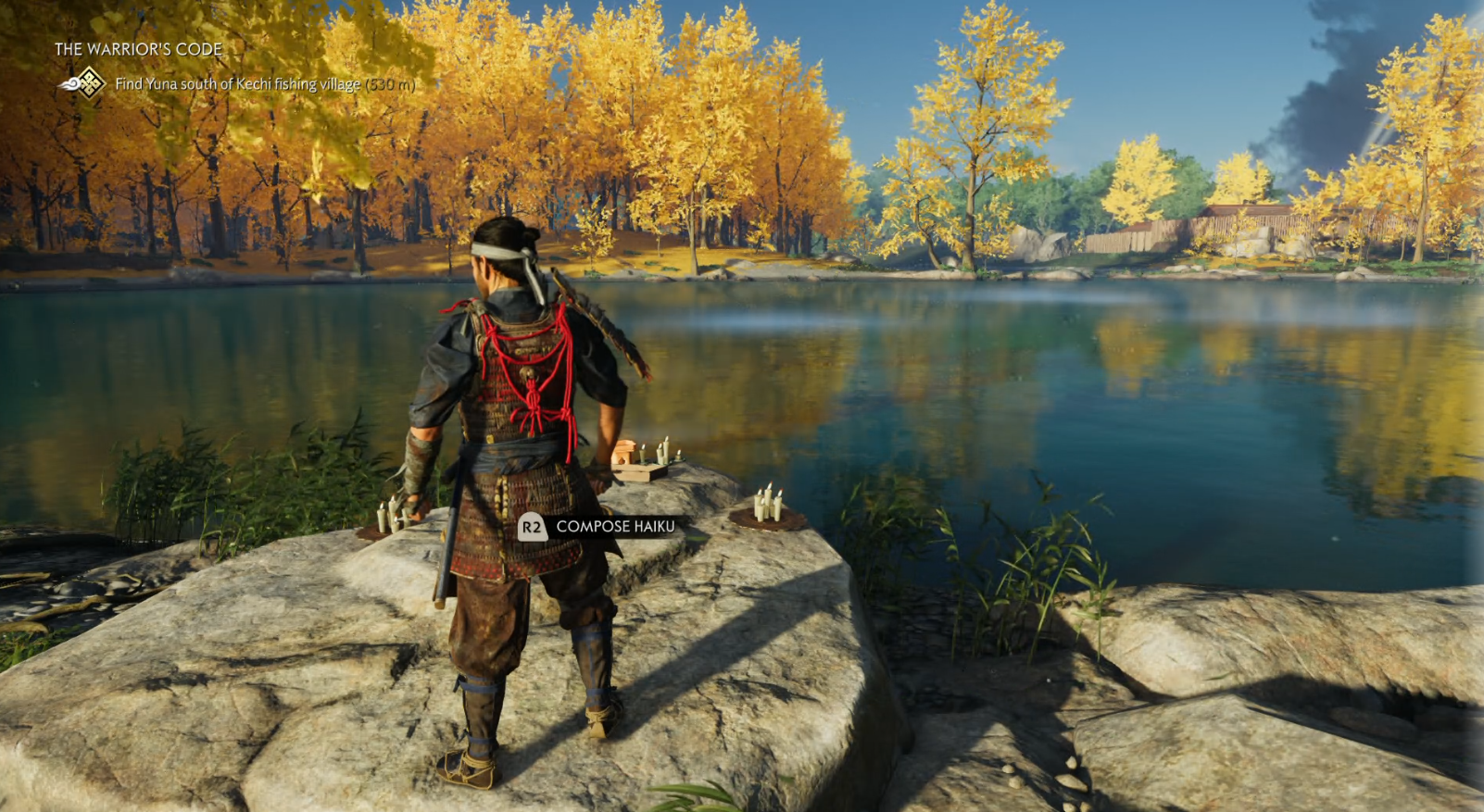
As someone who loves samurai drama films and “jidaigeki” period pieces like Zatoichi, Lady Snowblood, and Akira Kurosawa’s version of King Lear, Sucker Punch’s visual stylings and audio work not only captured my attention but also made me rewatch the aforementioned shows. All for the sake of just spotting which parts of Japan’s cinematic history did the team get their influences from.
I can assure you that it’s not an outright cut-copy-paste job that’s solely on flair; there’s a lot of the team’s trademark open-world design elements from the later Sly Cooper games and InFamous titles that made their way here, but in a 1200-era context. For all of its beautiful vistas, landscapes, and multi-coloured tree leaves signifying different moments in time of the plot, there’s a lot of ugliness and brutality in a war-torn Tsushima courtesy of the Mongols.
Random dead bodies filled with arrows, conquered and burnt villages, savage animals being taunted by random Mongol patrols; all of this placed alongside in huge contrast to the landscape and changing seasons either in the deep bamboo entrenchments or seaside caves.
Just seeing all of this as I’m riding within the countryside of 1200s Tsushima island makes me appreciate the team’s deft balancing act. Coupled with a sweeping score from Ilan Eshkeri and Shigeru Umebayashi, renowned music makers in cinema, your eyes, ears, and soul are in for a stellar treat.
One major thing to note: Sucker Punch went for the “minimal HUD” approach so that its important information doesn’t get in the way of their literal vision. They succeeded.
Ghost of Tsushima conveys its information with as little clutter as possible. Not only is this easy on the eyes, but it’s incredibly intuitive. If you’re lost, just swipe the PS4 controller’s touchpad upwards to let the on-screen wind guide you to your next destination.
Your life bar, mission objectives, and other important icons are usually at the four corners of the screen and are minimal in design and look, yet distinguishable for you to spot and take note. It’s like as if the entire design team in the Sucker Punch had a huge board filled with screencaps of open-world games with cluttered UIs and tags -basically most Ubisoft games- with the top reading “Don’t Do This Or You’re Fired”.
Outside of the rare instance of the “searching needles in haystacks” type mission, most of the main and side missions (that involves a character’s personal tale of vengeance and retribution) are well-designed and comes with their own gameplay hooks. Some of them solely more on fights and standoffs, while others rely on platforming and stealth.
Great examples include a treasure-hunting mission where your clues involve either blue or white flowers and stealth missions where you can’t kill anyone and have to find creative pathways high and low to get ahead. There are a few rote and by-the-numbers tasks, but they do not taint the entire Tsushima Island liberation experience.
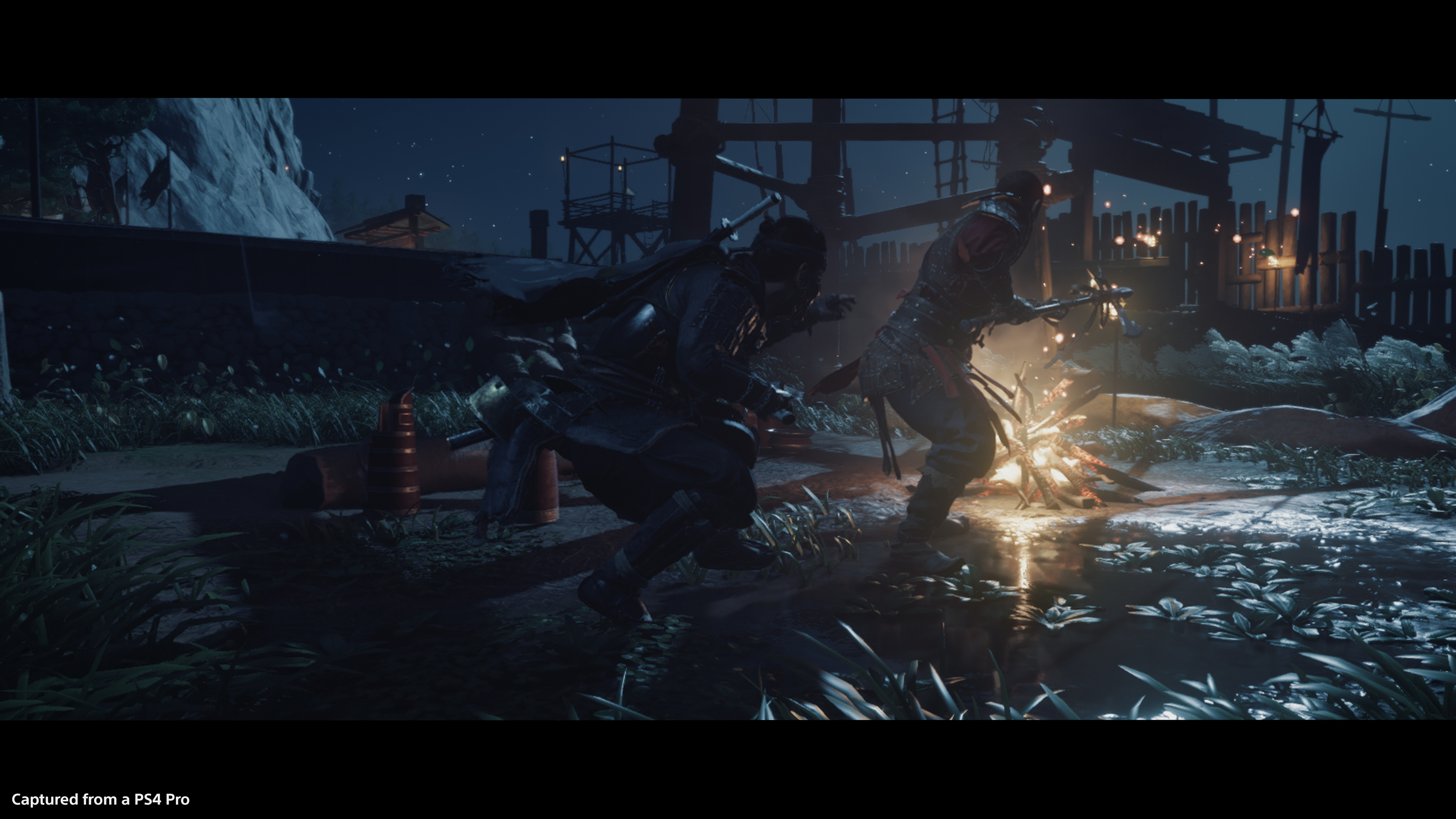
Throughout the journey, Jin gets stronger and acquires more tools to become the titular ghost. His playstyle in the game is a hybrid of a warrior and a ninja; not only can he swordfight enemies out in the open, but he can also infiltrate encampments stealthily and use grappling hooks to ambush them from above. Whether you swing one way or the other, or just mix it up, the game will tailor to either style without blocking off the other.
As you earn more Reputation and acquire Technique points for skills, you have a choice to either focus more on melee combat or assassination skills. All of them are useful, be it to give you more attack options when evading or making your Guiding Wind track more than just mission objectives.
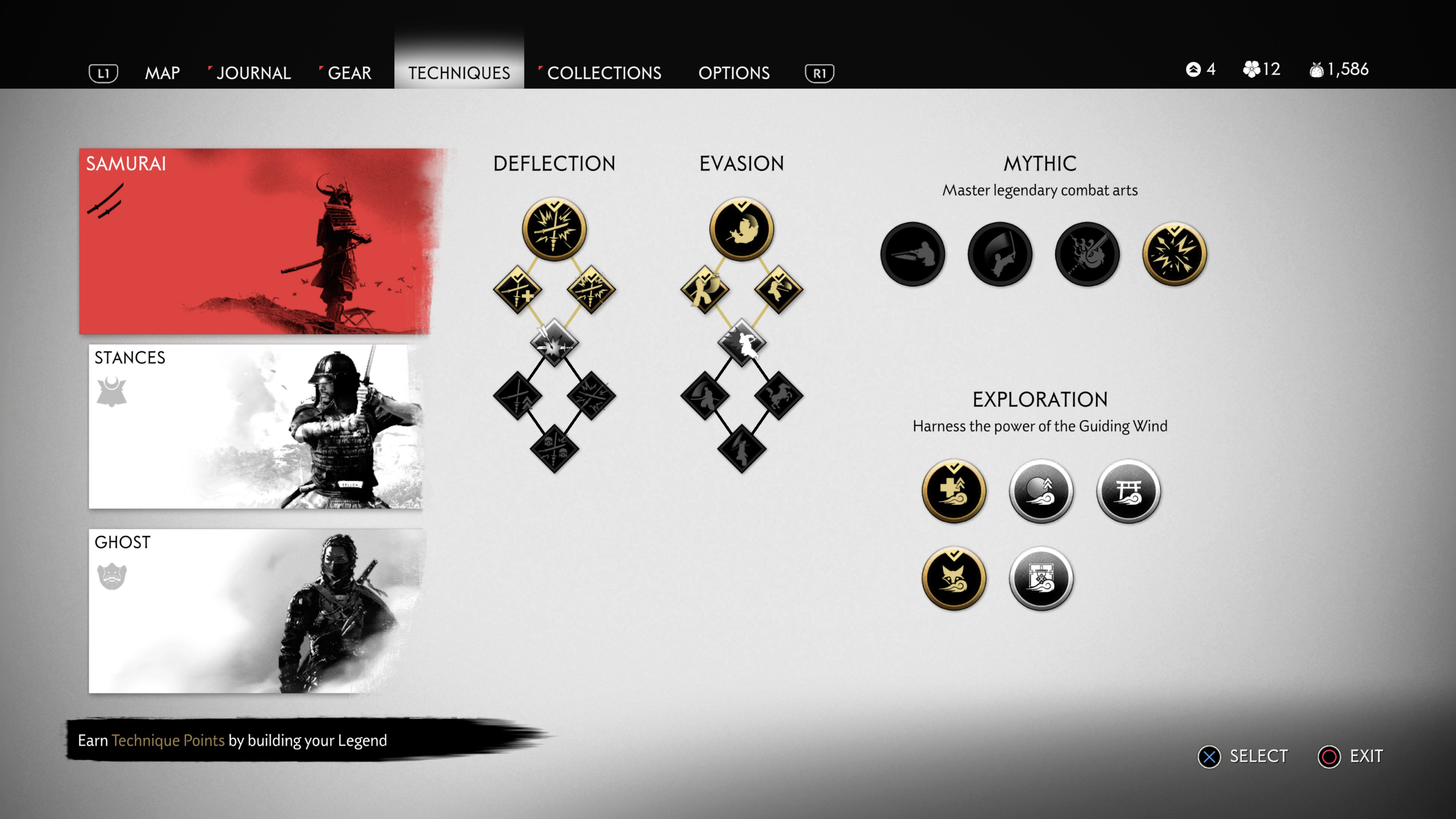
You can also equip charms to give you passive boosts or even unlock new buffs. These include dealing more damage when at low health, to gaining additional Resolve (the game’s equivalent of mana for skills & on-the-fly healing) when fighting. Higher-level “gold” charms from major story and character missions can even modify your equipment, so they’re always worth the trouble if you fancy a certain playstyle.
There’s even a number of platforming and “parkour” sections that are weaved in organically here; these are the Sly Cooper and InFamous bits I alluded to earlier. While not as thorough, it’s a nice break from the fighting you’ll be doing most of the time as you’ll be figuring out the best paths to take without plunging to your death.
And yes, you can challenge foes to a samurai film-esque standoff. This comes in a form of a “mini-game” where you unsheathe your sword (by holding and releasing the triangle button at the right time), and then one-hit-kill the challenger for a first strike advantage. Winning this will net you a Resolve meter boost and one less enemy to deal with; moreso if you get the right upgrades on the Technique menu.
After a few hours, you’ll have to learn more about Jin’s parrying abilities, sword style switching, and ghost tools to get ahead. If you just block an enemy’s attack at the last possible second, you can follow-up with a harder-hitting one-hit-kill slash. Enemies will be blocking and guarding a lot, so you need to use the correct sword style to break that particular foe’s guard faster: Stone stance breaks down swordsmen faster, Moon stance breaks down brutes’ defences quicker, and so forth.
Your ghost tools let you infiltrate enemy encampments better or just give you a quick combat leg-up. Smoke bombs for distractions & escaping, wind chimes to distract enemies from afar while in stealth, bow and arrows for long-ranged kills, and hallucinogenic darts to cause a ruckus; you’re given a lot to work with. There’s even a mid-game mechanic that lets you build a “super meter” to pull off a “super move”, with the main caveat being that you lose said meter if you get hit once.
While it may not be the same as how Sucker Punch handles its skill tree via its narrative-driven duality “good or evil” system in the Infamous titles, I do welcome this flexibility in switching up playstyles.
You’re not locked out of the good stuff and there’s no need for you to restart a playthrough from scratch to see what you missed out on.
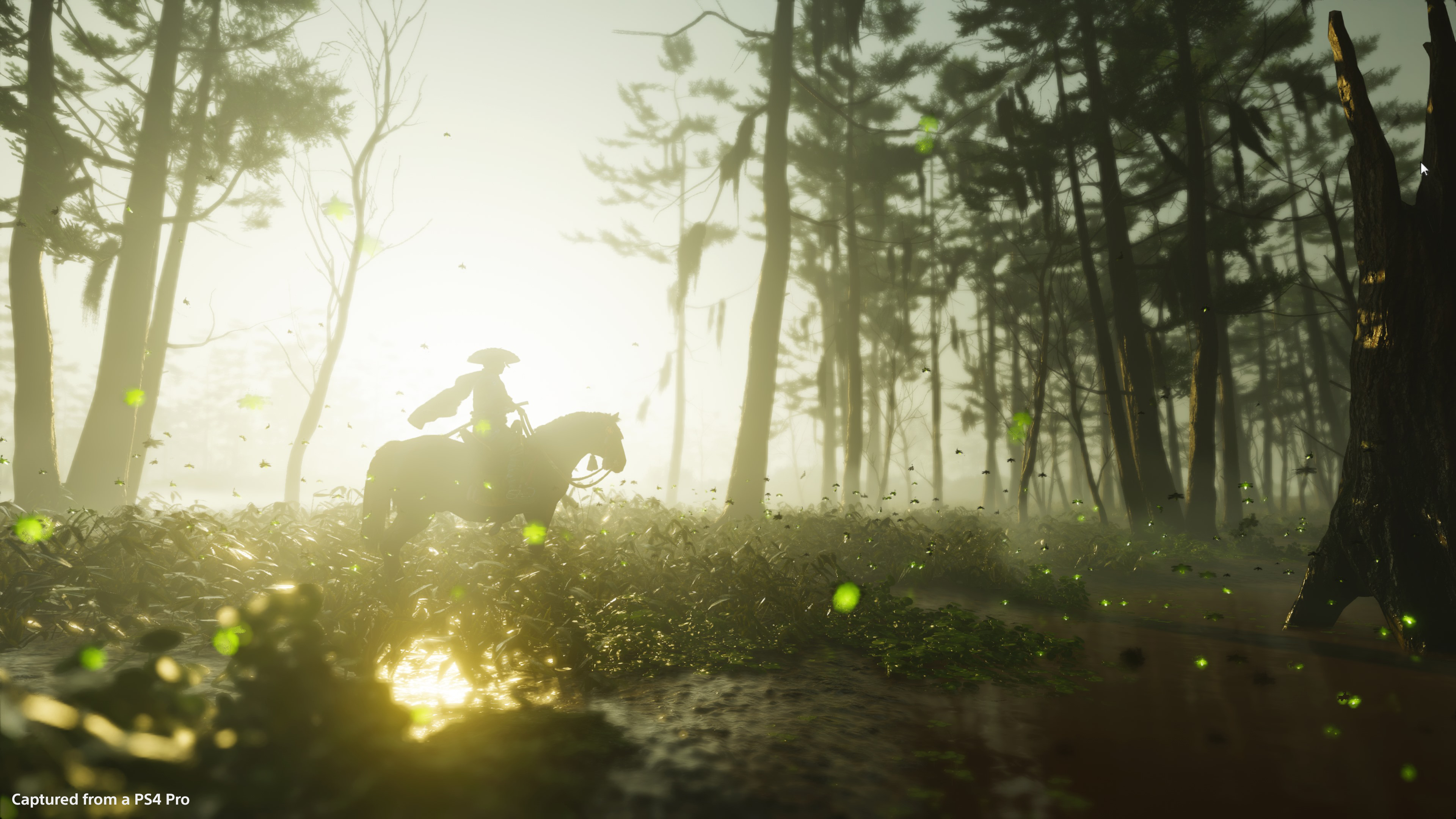
If you think this abundance of skills will make the game easier, you are sorely mistaken. Ghost of Tsushima removes the kid gloves after the first five hours or so. Remember when I said there was a power-up that loses its stock if you get hit even once? The game’s difficulty is tailored so that you learn when to dodge and when to block-slash-parry.
More enemies will overwhelm Jin if he lingers too long at an encampment. Other anomalies like Mongol attack dogs and falcons will start making you plan way in advance if you’re going stealth. Brutes will start waylaying you with large area-of-effect and unblockable attacks, forcing you to invest your technique points to more evasive options.
That, along with the fact that Jin has less health than most protagonists in triple-A titles (even with certain charm buffs), means that Ghost of Tsushima is no easy feat to complete. Even with all these tools and techniques at your disposal, the game is challenging in the first 10 hours and beyond as you acclimatize to the controls and the combat. It still maintains its difficulty even in the main story’s endgame, where a hero usually has enough tools to make these kinds of games a cakewalk. It’s not Nioh 2 or Sekiro levels of difficulty -due to its abundance of checkpoints- but it’s still a steep snow-covered mountain to climb.
Ghost of Tsushima requires you to do your sandbox gaming diligence and also master its samurai-slash-ninja hybrid gameplay if you want to make it to the end. Even so, there’s a ton of aforementioned distractions to make you forget about the main plot, from tailing foxes to secret shrines for charm slot upgrades to getting specific resources to upgrade your specialized armour for “ghosting”.
And I’m not even done with the entirety of the game, considering that it took me 25 hours to finish the main campaign, barring a distraction or two that is required to stand a fighting chance against the late-game Mongol obstructions.
Tsushima Island is a bountiful place indeed. You’ll have a lot to collect and amass -Mongolian artifacts, samurai army banners, shrine locations, and so forth- if you aim to 100 percent this game, which will amount to a lot more man-hours if you love to OCD your open-world games ala Skyrim and the last Batman Arkham title. Probably 40 hours or more, tops.
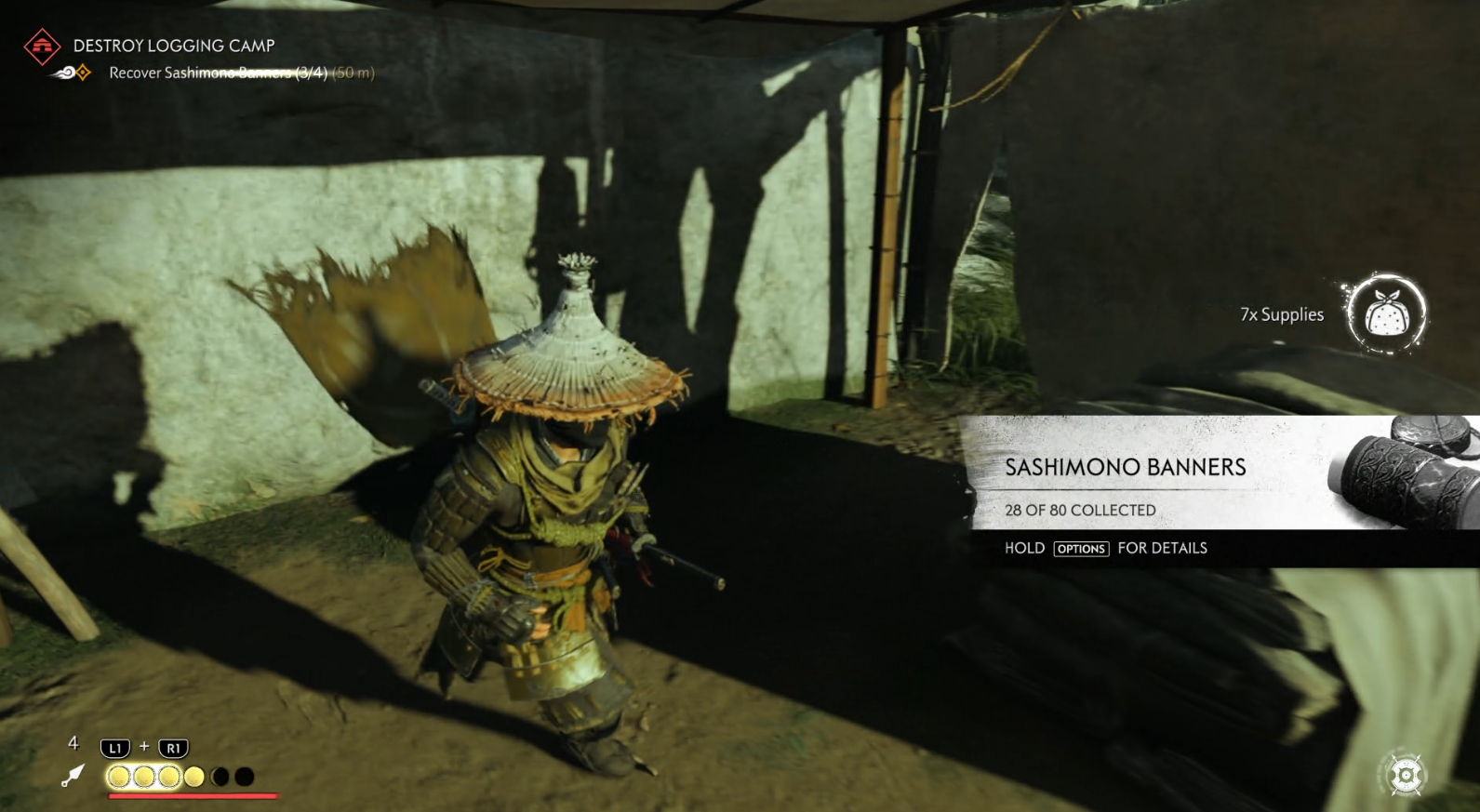
Not everything on this island adventure is completely tranquil though. Some graphical and gameplay foibles do crop up. Sometimes when I’m taking the stealth route, the assassination prompts do not pop up when needed, meaning I may accidentally “love tap” an enemy with my katana strikes instead of pulling off a backstab. Chain assassinations -the act of killing two to three enemies in a row without alerting anyone- also require a different input. Barring a special circumstance or two, I don’t see why having two different buttons to achieve the same stealth-induced result is needed in the long run.
Just like any packed open-world game, random things can happen and obstruct your path and viewpoint. When Ghost of Tsushima is left to its own devices during the free-roaming bits, silly things do occur and can break immersion quite a bit.
I find these oddities memorable though; it’s not every day you see the man of the people getting flung around by a black bear like a ragdoll, comically landing in a pile of mud on your face. Or see some stealth kills not being aligned, resulting in some David Cronenberg-type screencaps that gamers will be putting up days after launch. Or losing a killstreak from a standoff because you can’t tell where the next assailant is coming from due to the previous victim’s kill animation blocking your view.
Again, these are just nitpicks on my end. Your mileage and tolerance may vary, but these aren’t enough to downplay the magnitude of this virtual historic tour.
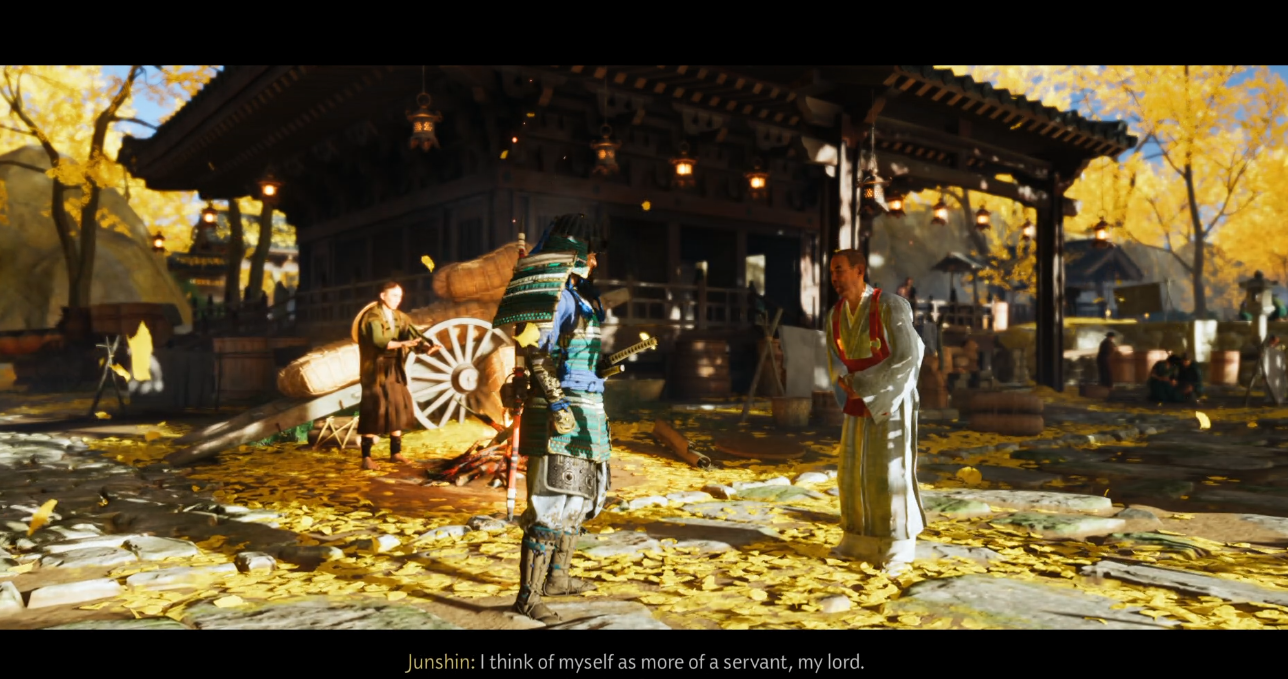
Ghost of Tsushima is arguably the worst game to review under a deadline. No matter how much leeway you have, be it a few weeks or just up to three days, rushing to the end would be doing the game’s lush world and its many secrets a huge disservice. There are way too many lovely distractions that will make you lose sight of your main goal.
That’s the hallmark of a successful open-world game made with a lot of attention to detail and care; there is just a lot to discover, to see, to take in, to fight, and to just faff about. It improves upon certain open-world tropes and doesn’t relish in its own technical excesses like certain Rockstar Games involving horses and the dying Wild West.
Even when Ghost of Tsushima is spinning its serious yarn, it still remembers that it’s a video game first and foremost. In fact, the last time I had this much fun exploring a version of feudal Japan in interactive form was in 2006’s Okami. While not as bizarre and outlandish, Sucker Punch’s latest is just as epic and fantastical.
What I’m trying to get at is that Ghost of Tsushima does enough and then some to elevate it beyond just a high-budget piece of work. This is all thanks to its “free Japan from oppressors back in the 1200s” main plotline and open-ended gameplay interweaved together with solid combat mechanics, a good challenge, and its new approaches and quality-of-life improvements to sandbox gaming UI & gaming feels.
The latter includes, and is not limited to:
There’s a lot more to list down, but my point stands: this ronin rumble is a gaming masterpiece for the second half of 2020, and the perfect PlayStation 4 capstone title. Ghost of Tsushima is as close as you can get to the perfect Kurosawa tribute in modern interactive form.
Review copy provided by PlayStation Asia. Played mostly on a regular PS4.
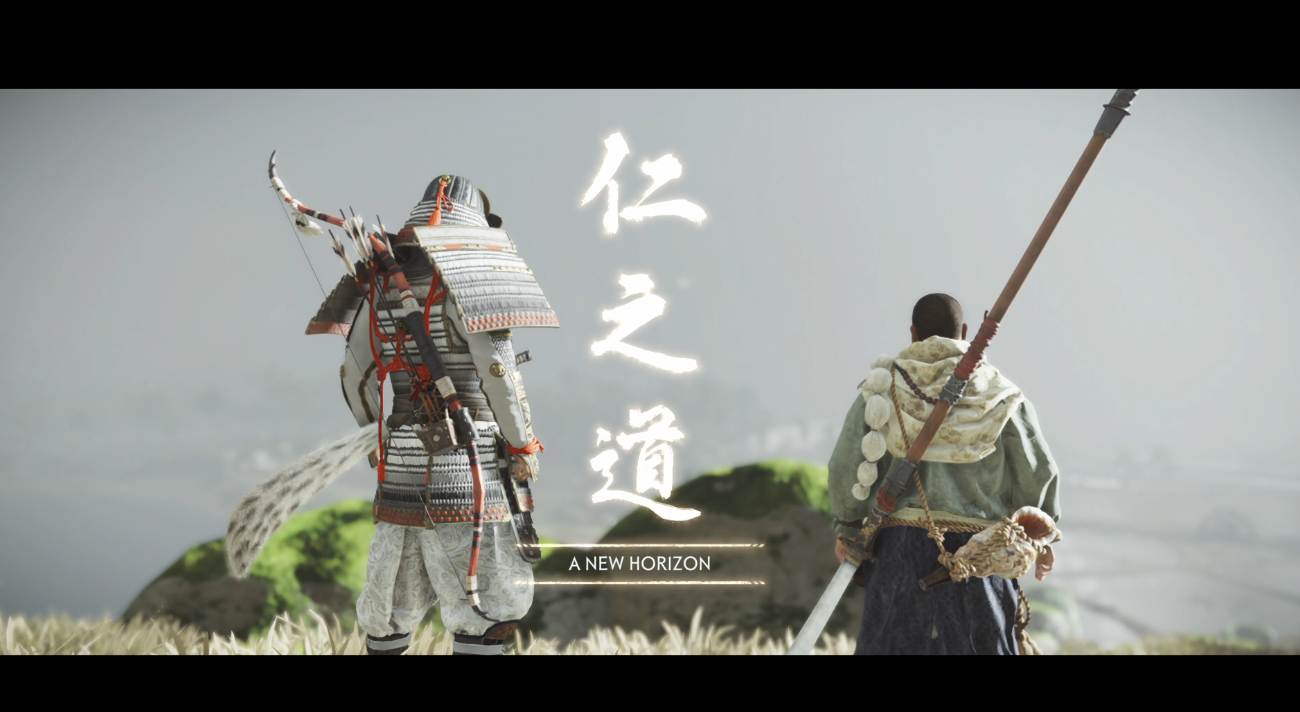
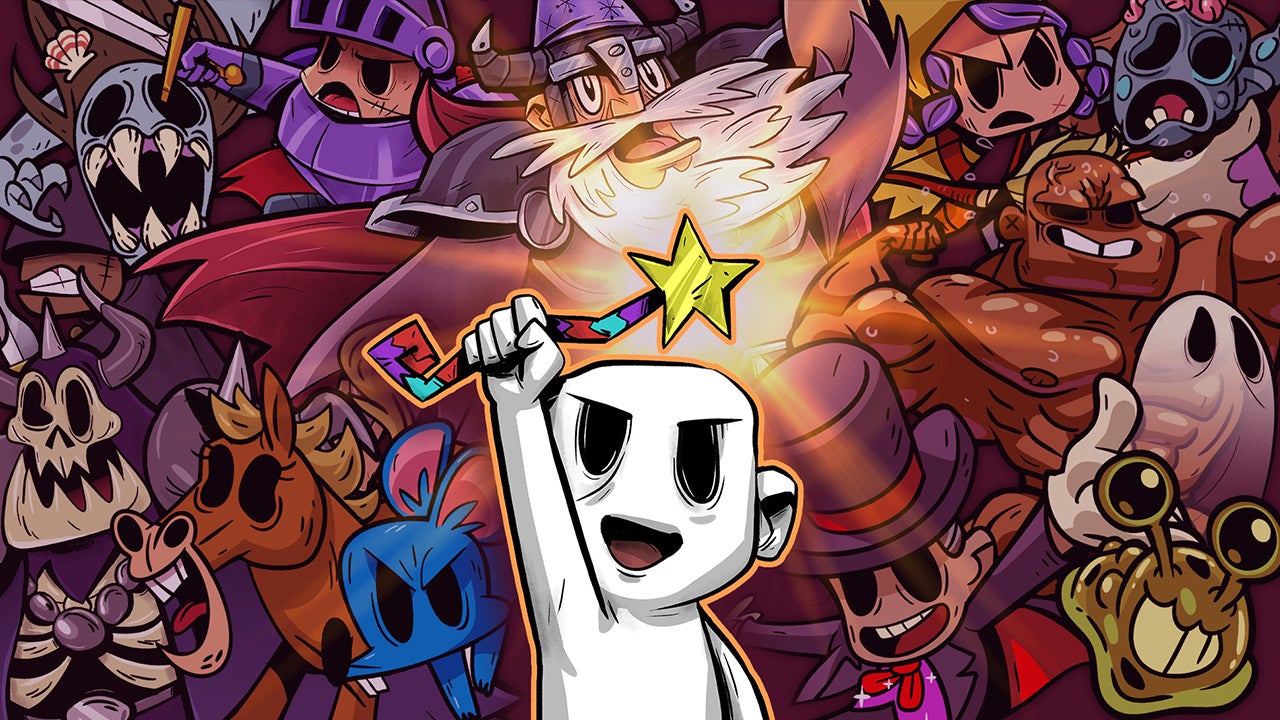
By KakuchopureiVerified|January 20, 2022
Nobody Saves The World is a new top-down 2D action RPG from Drinkbox, the makers of the acclaimed platformer Guacamelee. In this new RPG, your main ch...
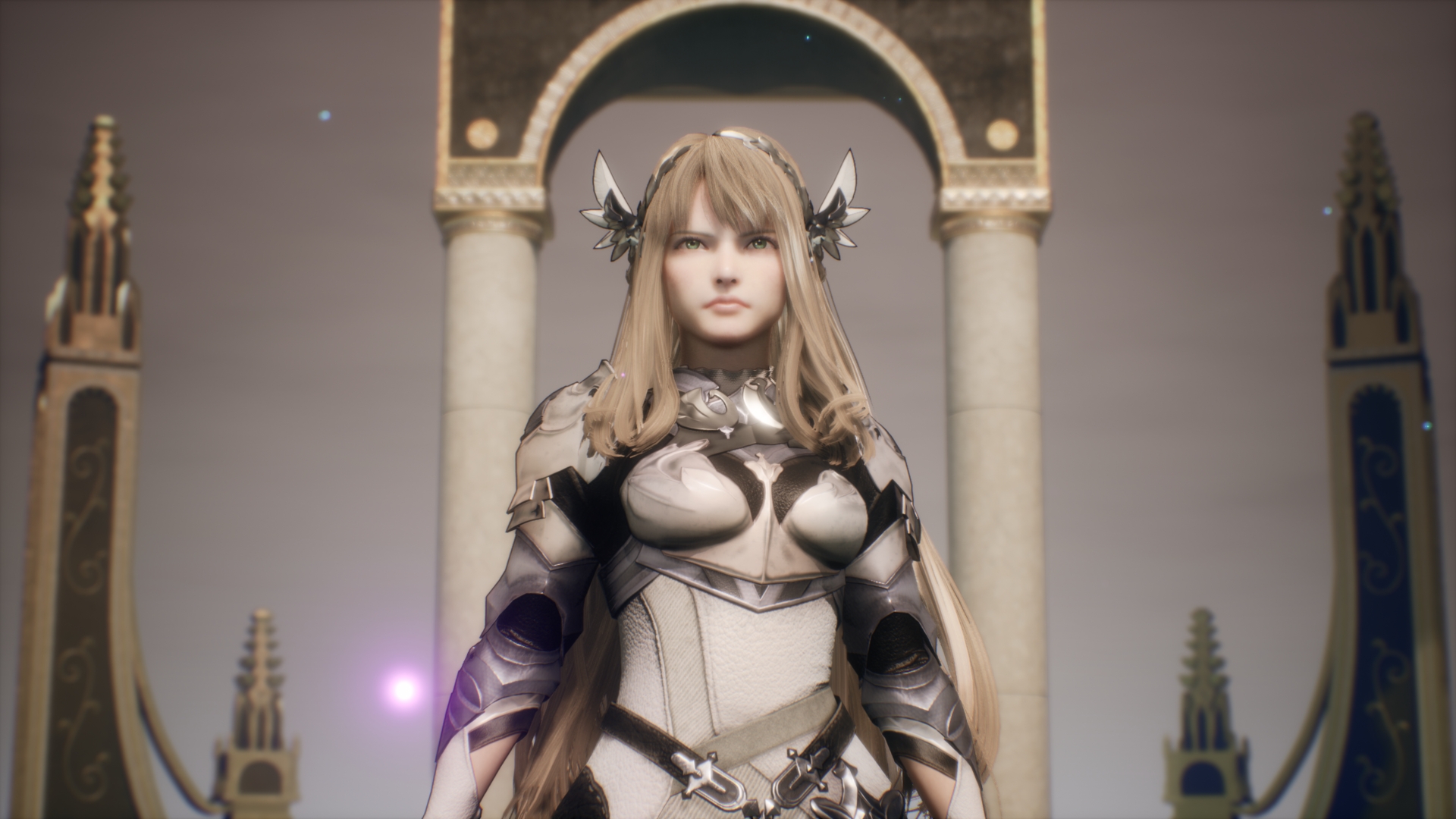
By Jonathan ToyadVerified|September 15, 2022
There's a bit of the old Valkyrie Profile DNA laced within Square Enix's and developer Soleil's latest action RPG effort. Dubbed Valkyrie Elysium, the...
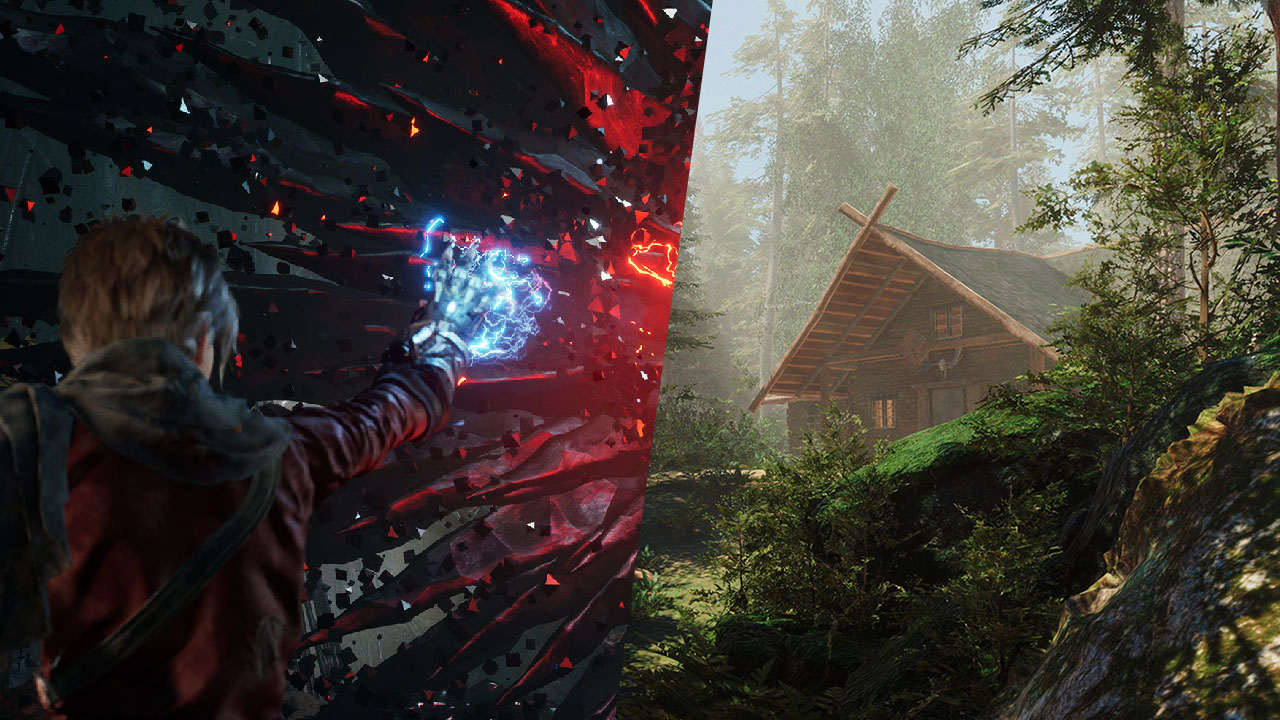
By Jonathan ToyadVerified|May 17, 2022
505 Games has a few titles to announce for its summer showcase. If they're anything like their previous titles Chorus and Ghostrunner, we're in for a ...

By Jonathan Toyad|March 20, 2025

By Jonathan Toyad|March 12, 2025

By Lewis Larcombe|February 25, 2025

By Kakuchopurei|February 17, 2025

By Ali'sha Harris|February 16, 2025

By Lewis Larcombe|March 26, 2025

By Jonathan Toyad|March 20, 2025

By Jonathan Toyad|March 12, 2025

By Lewis Larcombe|February 25, 2025

By Kakuchopurei|February 17, 2025

By Ali'sha Harris|February 16, 2025

By Jonathan Toyad|March 20, 2025

By Jonathan Toyad|March 12, 2025

By Lewis Larcombe|February 25, 2025

By Kakuchopurei|February 17, 2025

By Ali'sha Harris|February 16, 2025
Copyright @ Kakuchopurei 2025
Ghost of Tsushima Has Sold 9.73 Million Copies On PlayStation Consoles | KAKUCHOPUREI.COM
July 16, 2022 at 4:45 pm
[…] PS4 and PS5 game has hit 9.73 million copies in sales as of 3 July. This includes both the original game we reviewed and the Director’s Cut version. Other worthy stats include foxes being petted 75.18 million […]